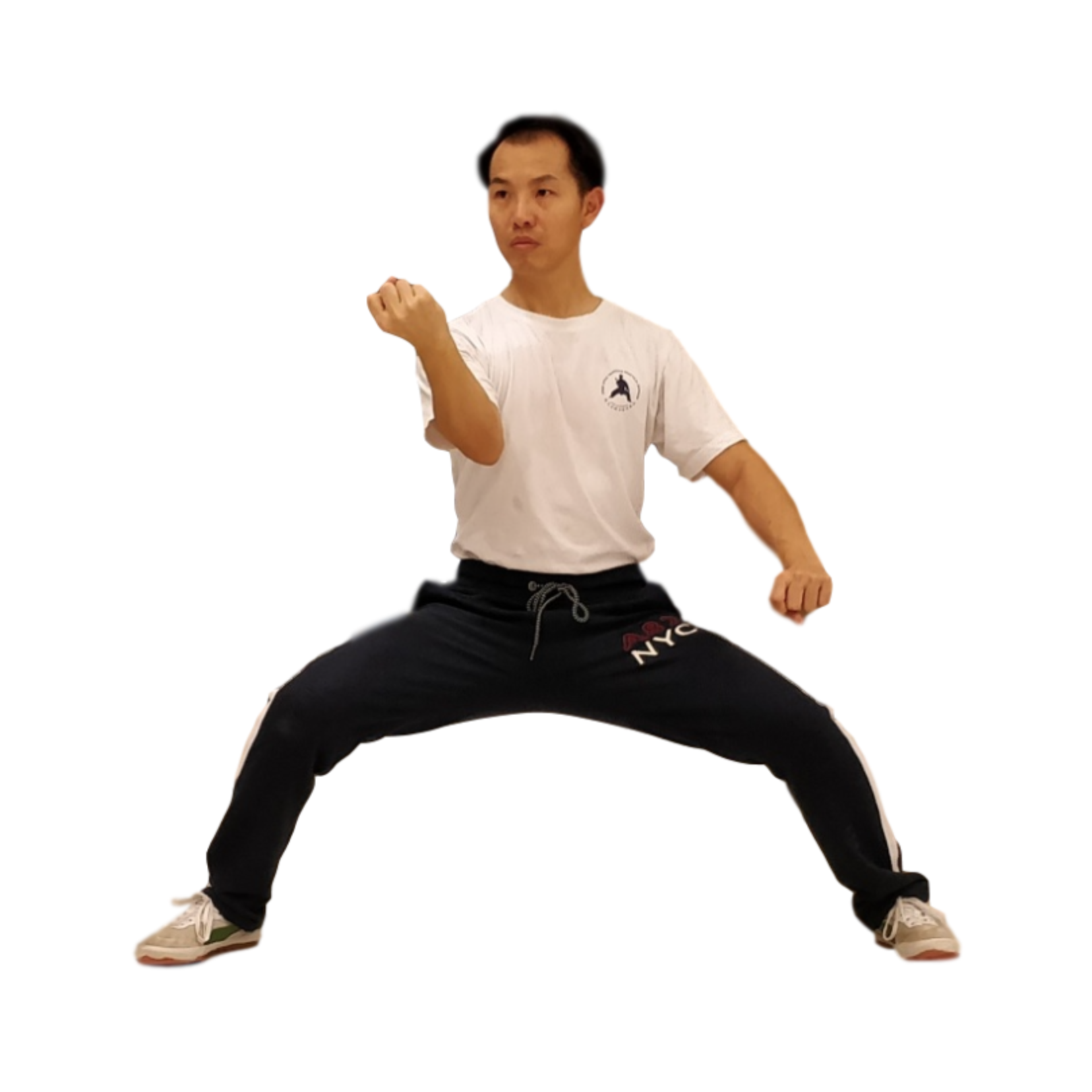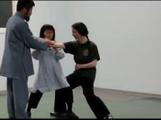The ability to lock the opponent is an important one we need to continuously to improve on in Practical Method. In order to send the opponent to the floor in what seemingly an effortless manner (in reality, it is not really effortless), we always need to lock the opponent first. However, more often than not, especially at the beginning of our learning, we use a lot of brute force to keep the opponent in certain position. However, locking the opponent simply means disallowing him or her to move. As long as the opponent is not moving, the objective is achieved. One way to do so is to ask your opponent nicely, e.g. “Please don’t move”. We use that method a lot in particular during a drill, so that we can focus on what comes after the opponent is locked. As we progress, we will discover that locking the opponent may not require a lot of force if we can put the opponent in certain positions. When we don’t know any better, we resort to trying to move the hands in order to lock the opponent. Master Chen Zhonghua always says not to move the hands. We have to follow that instruction very faithfully if we are to develop this skill. When we restrict ourselves from moving our hands, we will begin to look for and learn new ways to move other body parts. We will learn to stretch our body in ways that can lock the opponent. We train to make each stretch as long as possible, but we also need to have multiple of these stretches. At times, when one stretch is not sufficient, we add another stretch to continue the same action. We can achieve matching by size, number or the combination of both. The more power your opponent has, the bigger this combined effect is needed to produce a match. If you can totally match the opponent, the opponent will be locked up. After that, any additional action he does will cause him to feel like bouncing off a wall produced by us.
Locking the opponent
Previous post: Review from Jan and Ross



